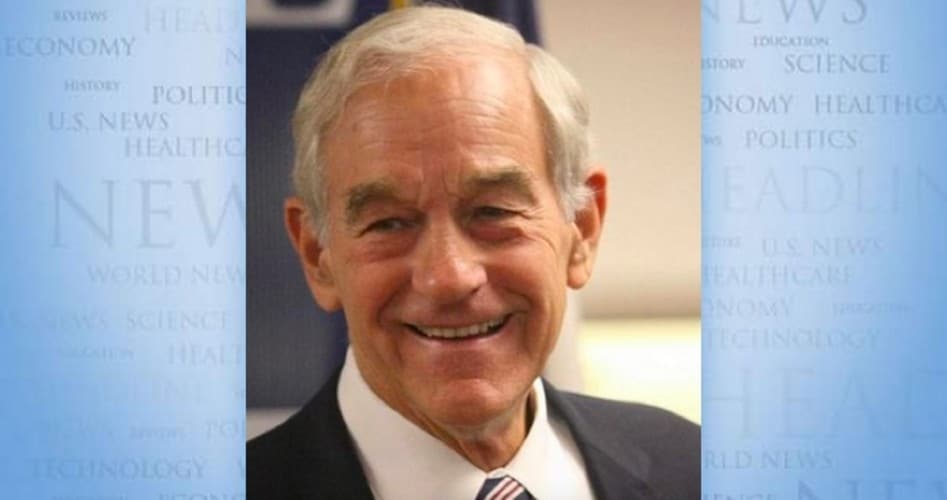
doyouremember.com
‘Baywatch’ Star Jeremy Jackson’s Homeless Ex-Wife Loni Willison Seen Dirty And Eating Lunch On Sidewalk
Baywatch star, Jeremy Jackson‘s ex-wife, Loni Willison’s life has taken a drastic turn from a highly sought model married to a celebrity to becoming homeless and living on the streets. Loni, who was married to Jeremy from 2012 to 2014, appears to be mentally unstable as her recent picture raises concern about her mental health among fans.
Loni Willison was recently spotted in Los Angeles appearing unkempt and unrecognizable. She was photographed having lunch with her hands seemingly covered in paint while she sat down surrounded by a pile of rubbish. This is not the first time the disturbing photos of the model are circulating online as she has previously been seen wheeling a cart of clothes while smoking a cigarette and looking disoriented.
What happened to Jeremy Jackson and Loni Willison?
Jeremy Jackson and ex-wife Loni Willison / Instagram
Jeremy Jackson had a tough time growing up as he battled drug and alcohol addiction, and it seems this played a major role in the longevity of his marriage to Loni. His ex-wife once alleged that during one of their confrontations, he attempted to strangle her, but she managed to escape with a neck injury and two broken ribs.
Loni started experiencing a psychological breakdown following her divorce, as she shared in an interview that she now has a phobia of electric currents because being around them triggers the feeling of electrocution. Things spiraled out of control, and she resulted to consuming crystal meth as she claims it helps her deal with her mental health issue. Sadly, in 2016, she reportedly suffered a mental breakdown, subsequently losing her job, home, and car due to her addiction to alcohol and crystal meth.
Baywatch star’s homeless ex-wife LONI WILLISON, 41, seen eating lunch alone on the sidewalk https://t.co/m46Wll3RP3
— DAILY POST (@dailypost_ng) October 14, 2024
Loni refused to get help
Following her first viral photo, Loni was visited by her concerned celebrity friend Kristin Rossetti, who offered to help pay for her treatment, but she refused and disappeared afterward. Loni claimed that she is at peace with her current life, and she has found a way to cope with the harshness of living on the street by going on prolonged days without taking baths, so her body can stink, and she loses appeal to any sexual predator.
Lori Willison/Instagram
It is sad to see that Loni has shut out all her friends who wish to help her, and she has fully embraced being homeless, while her ex-husband Jeremy, who she claimed caused her this trauma due to his drug addiction, has now sought help and is staying clean presently.
Next up: These Popular Baby Names From The ‘20s Are Making A Comeback
The post ‘Baywatch’ Star Jeremy Jackson’s Homeless Ex-Wife Loni Willison Seen Dirty And Eating Lunch On Sidewalk appeared first on DoYouRemember? - The Home of Nostalgia. Author, Peace A

















